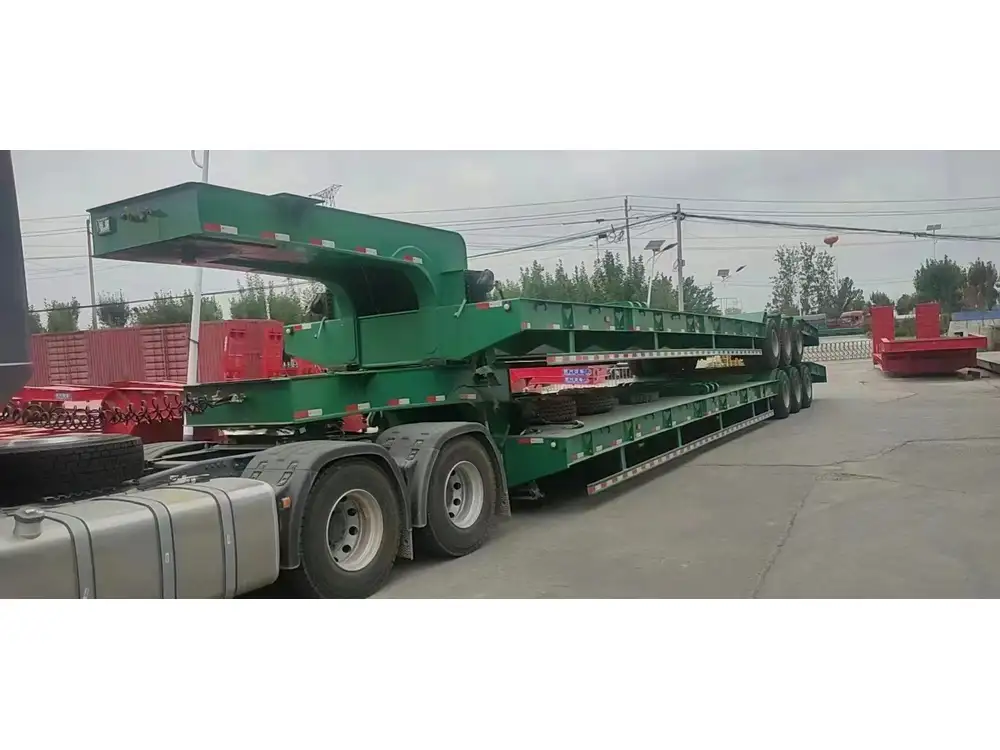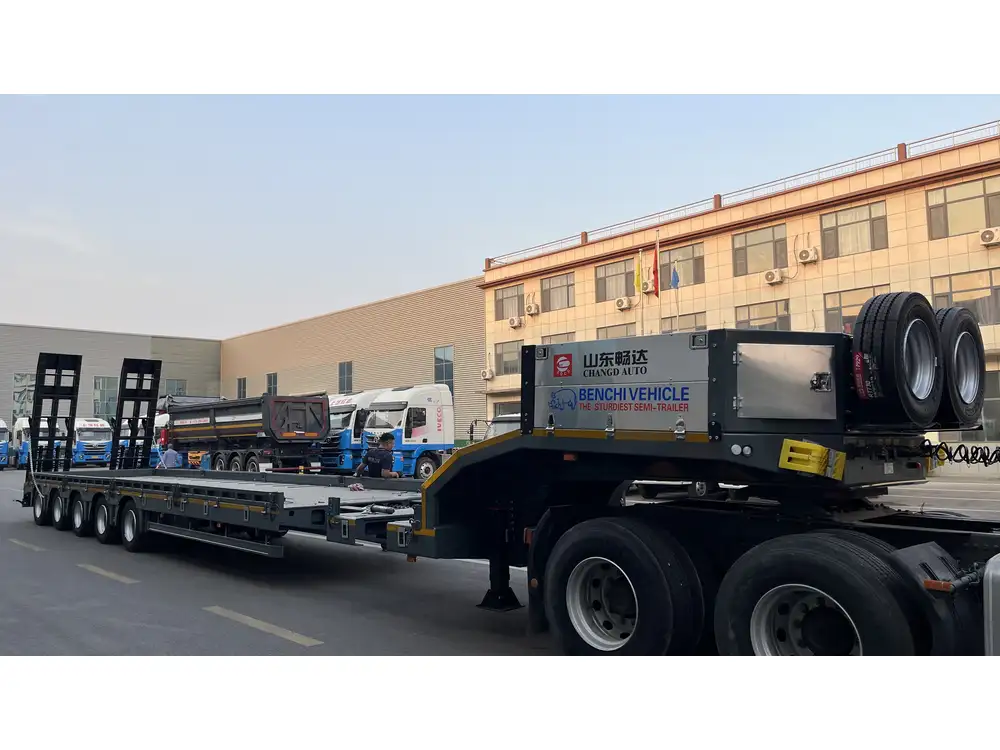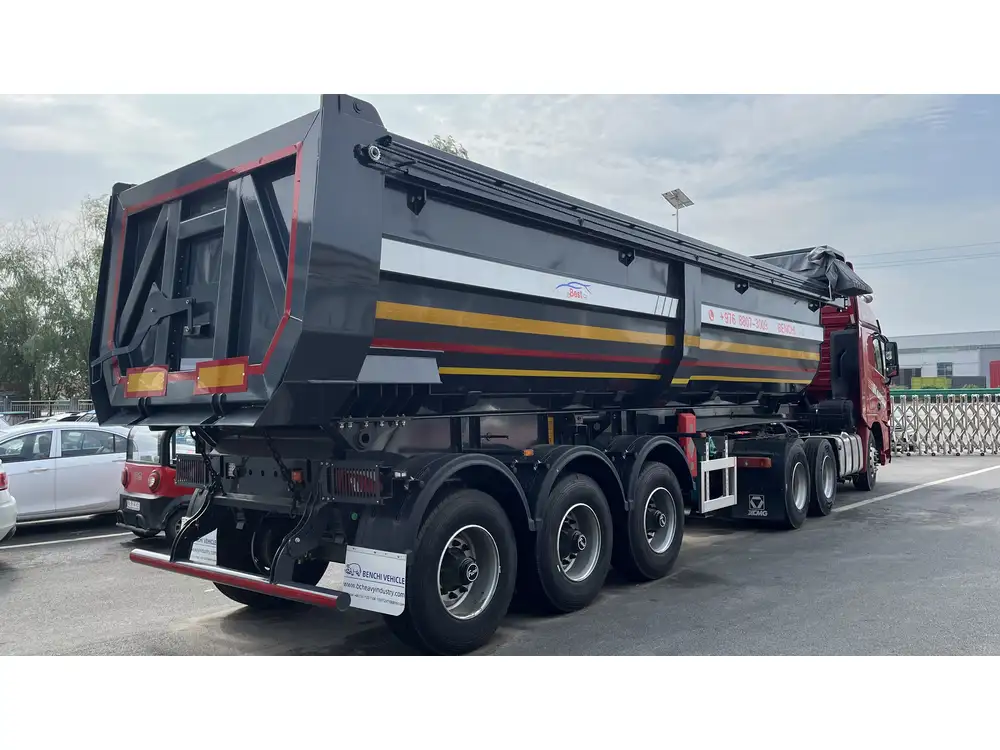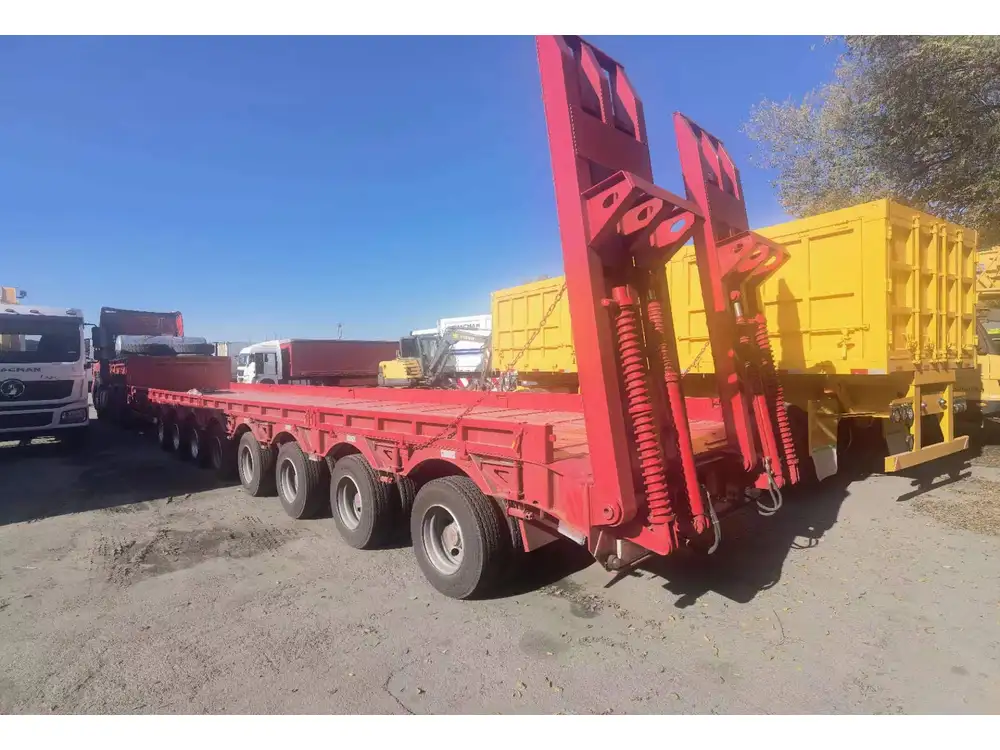Replacing the fresh water tank in your travel trailer can seem daunting, yet with a structured approach, the task becomes manageable. This guide meticulously outlines the steps necessary to ensure a successful replacement, addresses common pitfalls, and provides tips to maintain your water tank for years to come.
Understanding the Fresh Water Tank
Before initiating the replacement process, it’s essential to understand the function and composition of the fresh water tank in a travel trailer. The fresh water tank serves as a reservoir that holds potable water for various uses, including drinking, cooking, and sanitation. Typically constructed from food-grade plastic, these tanks range widely in size—from 20 to 100 gallons—depending on the trailer’s design and intended use.
Anatomy of a Fresh Water Tank
| Component | Description |
|---|---|
| Tank Body | Made from durable plastic or polyethylene to resist impacts and corrosion. |
| Inlet Valve | Entry point for filling the tank with water. |
| Outlet Valve | Allows water to flow into the plumbing system. |
| Drain Valve | Used for emptying the tank for winterization or cleaning. |
| Sensor Ports | Zones for monitoring water levels in more advanced models. |

Signs You Need a Replacement
Determining whether it’s time to replace your fresh water tank can save you time and trouble down the road. Here are some indicators to consider:
- Cracks and Leaks: Noticeable water pooling beneath the tank is often a clear sign that a crack has developed, necessitating immediate action to prevent further damage.
- Water Quality Issues: Foul odors or discoloration of the water may indicate that the tank has become contaminated or that its structural integrity has deteriorated.
- Age: If your trailer has been in use for over ten years, it’s prudent to assess the freshness of both the tank and the internal plumbing.
Evaluation Checklist
- Inspect the exterior for cracks.
- Check plumbing connections for leaks.
- Assess the water quality via taste and smell.
- Review the manufacturer’s lifespan recommendation.
Tools and Materials Required
To ensure a smooth replacement process, gather the following tools and materials:
| Tool/Material | Purpose |
|---|---|
| Screwdriver Set | For removing screws and fasteners. |
| Wrench Set | To disconnect plumbing connections. |
| Utility Knife | For cutting any hoses or seals. |
| Replacement Water Tank | A compatible tank you’ll install. |
| Sealant Tape | To ensure watertight connections. |
| Hose Clamps | To secure hoses in place. |
| Bucket | To catch any residual water during the process. |
| Safety Gear | Gloves and goggles to protect during installation. |

Stepwise Process to Replace the Fresh Water Tank
1. Preparation
Begin by clearing the area around the fresh water tank for easy access. Make sure to shut off the water supply and drain any water from the current tank.
- Safety First: Wear safety goggles and gloves to protect against any unexpected spills during the draining process.
2. Disconnect the Old Tank
- Locate the tank’s plumbing connections. Use the wrench to loosen and remove the outlet and drain valves.
- Detach the inlet hose and any sensor wires if applicable. Be gentle to avoid damaging connected components.

3. Remove the Old Fresh Water Tank
- Identify the mounting brackets securing the tank. These are often situated both at the base and sides.
- Unscrew and carefully lift the tank out of its compartment. Enlist help if the tank is heavy or awkward.
4. Prepare the New Tank
- Inspect the new replacement tank for any defects. Check that all connection ports align with your trailer’s plumbing system.
- If necessary, apply sealant tape to all threaded connections to enhance watertight integrity.
5. Install the New Fresh Water Tank
- Position the new tank in the designated area, ensuring proper alignment with mounting brackets.
- Secure the tank to the trailer using screws, ensuring tightness without over-tightening which could crack the tank.

6. Reconnect the Plumbing
- Begin reconnecting the inlet and outlet valves, ensuring that you attach the correct hoses to their respective ports.
- Use hose clamps to secure each hose connection firmly in place.
- If your tank has sensors, reconnect those wires as well.
7. Testing and Final Adjustments
- Before reintroducing water, inspect all connections for leaks. This can be done by filling the tank with a small amount of water and inspecting all joints and valves.
- Once you confirm there are no leaks, fill the tank to its maximum capacity while continuing to monitor for any signs of trouble.
8. Sanitize the Tank
It’s crucial to sanitize your fresh water tank after installation:
- Prepare a mixture of water and 1 cup of bleach (for every 15 gallons of tank capacity).
- Fill the tank with this solution.
- Allow it to sit for 6-8 hours before draining and rinsing thoroughly with fresh water to ensure all bleach has been removed.

Common Mistakes to Avoid
- Neglecting Maintenance: Regular checks of your water system can prevent issues before they become serious.
- Forgetting to Sanitize: A new tank may still collect contaminants during storage or transport, making sanitization vital.
- Inadequate Heating: If you plan to camp in cold weather, ensure that your water tank is well insulated to prevent freezing.
Frequently Asked Questions
How do I know what size water tank to purchase?
The size of your replacement tank will depend on the space available in your trailer. Measure the existing tank and check specifications in your manual to ensure compatibility.

Can I replace the water tank myself?
Yes, provided you have the right tools and follow the instructions carefully. If you’re unsure, consulting a professional is recommended.
What if the replacement tank doesn’t fit?
Always double-check the dimensions against your existing tank and consult with your supplier for the best options before making a purchase.
Conclusion
Replacing the fresh water tank in your travel trailer doesn’t have to be an intimidating process. By following this comprehensive guide, preparing adequately, and being aware of common pitfalls, you can replace the tank effectively and efficiently. Remember, routine maintenance ensures optimal performance and longevity of your fresh water system. Keep your travel trailer in pristine condition and enjoy countless adventures on the open road!



